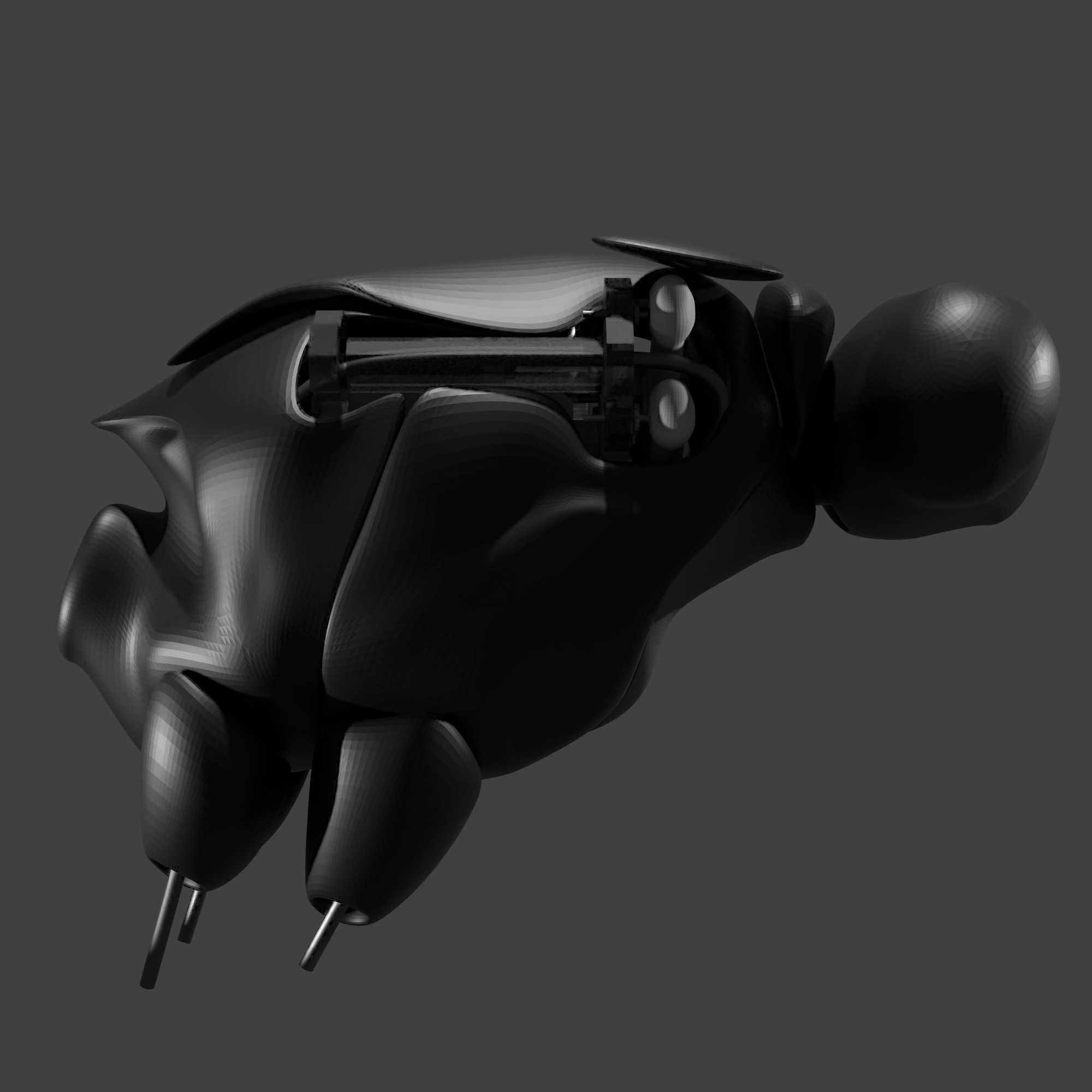Close up of the face of the animatronic monarch butterfly by John Espey
On April 11th, 2019 I visited the Kidzeum in Springfield Illinois to install the completed animatronic monarch butterfly. Thanks to the amazing support and generosity of the staff at the Kidzeum, the installation went very smooth and the final piece looks fantastic. The exhibit is scheduled to open April 27, 2019 and you can see more about it through their website, https://kidzeum.org/.
This entire process has been a dream come true. I have always wanted to find a professional avenue for my passion in creating insectoid robots. Museum displays and exhibits is a fantastic way to do that. It allows me to dedicate myself to the entomology, while being artistic with diverse materials, and encouraging education.
Part of this piece is a video describing how I built it. You can find that video on YouTube at https://youtu.be/JQik38u14HI. As you can see from my previous blog articles, I used 3D modeling and printing, decorative textiles, painting, and robotic electronics.
Completed animatronic monarch inside its custom pedestal ready to be placed in the Bees, Butterflies, and Blooms exhibit at the Kidzeum.
The main goal is to get kids aware and excited about pollinators, insects, STEAM education, and feel empowered to create and support nature. When I was a kid, I loved science museums that had interactive animatronics on display, and now I get to build them.
I hope there are many more animatronic bugs in my future.












